Tie rod ends are an essential component of a vehicle’s steering mechanism. They connect the steering wheel to the wheels, allowing the driver to control the direction of the car. Over time, tie rod ends can wear out and need to be replaced.
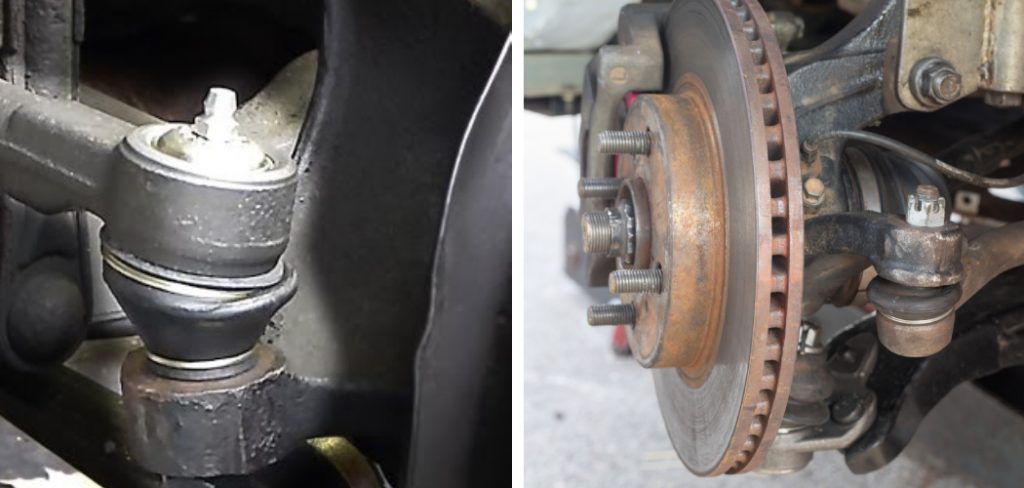
This process usually requires a wheel alignment afterward, but there is a way to change tie rod ends without needing an alignment. In this guide, we will discuss how to change tie rod end without alignment and provide tips on how to ensure a successful replacement.
Why is It Important to Change Tie Rod End Without Alignment?
1 . To Ensure Safety for You and Your Vehicle
When the tie rod ends are damaged or worn out, it can affect the steering of your vehicle. This can lead to loss of control, making it unsafe to drive. It is important to change tie rod ends without alignment to ensure proper steering and overall safety.
2 . To Prevent Further Damage to the Steering System
If left unrepaired, damaged tie rod ends can cause additional damage to the steering system of your vehicle. This can result in more costly repairs down the line. By changing tie rod ends without alignment, you can prevent further damage and save yourself from expensive repairs.
3 . To Improve Handling and Performance
Tie rod ends play a crucial role in the handling and performance of your vehicle. When they are worn or damaged, it can affect the way your vehicle responds to steering inputs and overall driving experience. By changing tie rod ends without alignment, you can improve the handling and performance of your vehicle.
4 . To Save Money in the Long Run
As mentioned before, leaving damaged tie rod ends unrepaired can lead to more expensive repairs in the future. By changing them without alignment, you are taking preventative measures and saving yourself from potential costly repairs down the line.
5 . To Extend the Lifespan of Your Tires
Misaligned tie rod ends can cause uneven tire wear, which will ultimately lead to the need for replacement tires sooner than expected. By changing tie rod ends without alignment, you can ensure proper tire wear and extend the lifespan of your tires.
6 . To Maintain Proper Alignment
Proper alignment is crucial for safe and efficient driving. When tie rod ends are worn or damaged, they can throw off the alignment of your vehicle. Changing them without alignment will help maintain proper alignment and ensure a smooth and safe driving experience.
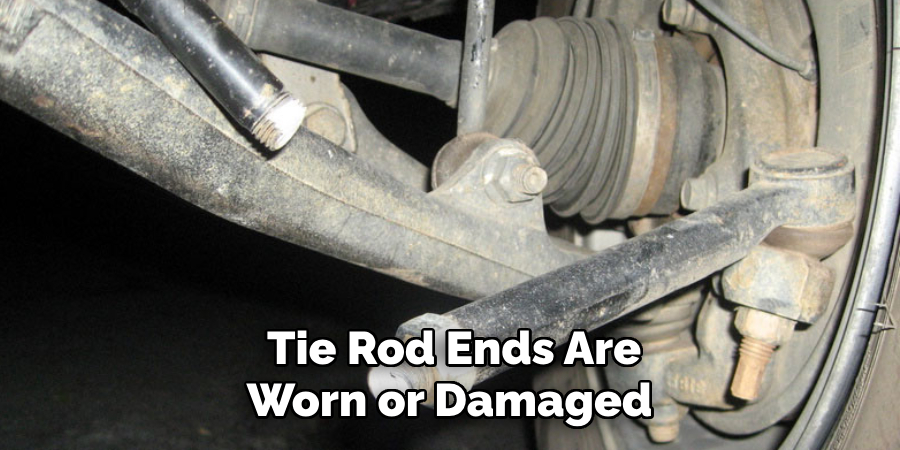
How to Change Tie Rod End Without Alignment in 5 Easy Steps
Step 1: Gather the Necessary Tools and Materials
Before starting with the actual process of changing a tie rod end without alignment, it is important to gather all the necessary tools and equipment. This will ensure that you have everything you need within reach and can avoid any interruptions during the process.
Some of the essential tools include a socket wrench set, adjustable pliers, jack stands, wheel chocks, and a tie rod end puller. It is also recommended to have a repair manual or online tutorial for your specific vehicle model on hand.
Step 2: Prepare Your Vehicle
Start by parking your car on a flat surface and engaging the emergency brake. This will ensure that the vehicle remains stationary while you are working on it. Then, place wheel chocks behind the rear tires to prevent any accidental rolling. Next, use a jack to lift up the front end of the vehicle and secure it with jack stands for stability.
Step 3: Remove the Old Tie Rod End
First, loosen the jam nut at the inner tie rod using an adjustable wrench. Then, use a socket wrench to remove the castle nut that holds the outer tie rod end in place.
Once the castle nut is removed, use a tie rod end puller to separate the outer tie rod from the steering knuckle. Finally, remove the inner tie rod by unscrewing it from the steering gear with an adjustable wrench.
Step 4: Install the New Tie Rod End
Start by screwing in the new inner tie rod onto the steering gear. It is important to ensure that it is screwed in tightly to avoid any potential steering issues. Next, attach the outer tie rod end to the inner tie rod and tighten the castle nut using a socket wrench. Finally, use an adjustable wrench to tighten the jam nut on the inner tie rod.
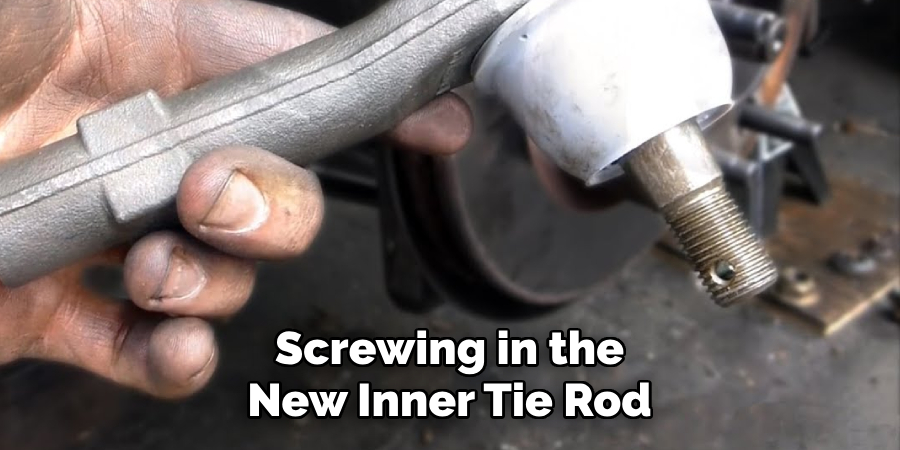
Step 5: Check and Adjust Toe Alignment
With the new tie rod end installed, it is important to check and adjust the toe alignment of your vehicle. This can be done using a measuring tape or by taking your vehicle to a professional for proper alignment. Improper toe alignment can cause uneven tire wear and affect the overall handling of your car.
Additional Tips to Change Tie Rod End Without Alignment
1 . Do Not Loosen Any other Components
It is important to ensure that you only loosen the necessary components when changing a tie rod end without alignment. This means avoiding loosening any other steering or suspension components, as this can affect the alignment of your vehicle.
If you need to loosen other components, it is best to take note of their original positions and make sure they are put back in the same place after the tie rod end has been replaced.
2 . Invest in a Good Quality Tie Rod End
When it comes to vehicle maintenance and repairs, investing in high-quality parts is always a wise decision. This also applies to tie rod ends. Cheaper options may seem more appealing at first, but they are often made with lower quality materials that can wear out faster.
It is worth spending a little extra on a good quality tie rod end to avoid having to replace it again in the near future.
3 . Check and Adjust Wheel Alignment
After changing the tie rod end, it is important to check and adjust your wheel alignment. This may require taking your vehicle to a professional shop or using an alignment tool at home. Proper alignment is crucial for the overall handling and safety of your vehicle, so it should not be overlooked.
4 . Consider Using a Tie Rod End Puller
A tie rod end puller is a specialized tool that can make the process of changing a tie rod end easier and safer. It works by applying equal pressure to both sides of the joint, allowing you to remove the tie rod end without damaging other components.
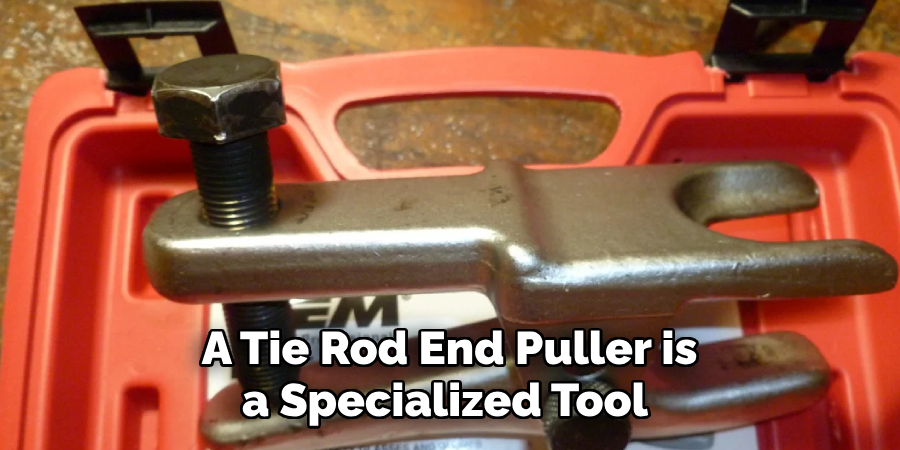
While this tool may not be necessary for every vehicle, it can be a valuable investment for those who often perform their own maintenance and repairs.
5 . Replace Both Tie Rod Ends
It is recommended to replace both tie rod ends at the same time, even if only one appears to be damaged. This will help ensure that your steering remains balanced and prevents uneven tire wear. It can also save you from having to go through the process of changing a tie rod end again in the near future.
6 . Take Your Time and Be Patient
Changing a tie rod end without alignment may seem like a daunting task, but it is important to take your time and be patient. Rushing through the process can lead to mistakes and potentially cause further damage. Follow the proper steps and make sure everything is securely tightened before taking your vehicle for a test drive.
7 . Have an Alignment Done After 100 Miles
After changing a tie rod end, it is recommended to have an alignment done after driving about 100 miles. This will allow enough time for any new parts to settle and ensure that your alignment is accurate. It may also be necessary to have subsequent alignments done if you notice any issues with your steering or handling.
8 . Consult a Professional If Needed
If you are unsure about changing a tie rod end without alignment, it is always best to consult a professional mechanic. They have the experience and knowledge to properly assess and fix any issues with your vehicle’s steering and suspension. It may cost more initially, but it can save you from potential headaches and costly mistakes in the long run.
Frequently Asked Questions
What Precautions Should I Take to Change Tie Rod End Without Alignment?
When performing a tie rod end replacement without alignment, there are a few precautions you should take to ensure the job is done correctly and safely. These include:
- Ensuring Proper Tools: It’s crucial to have all the necessary tools for the job, including a tie rod separator tool, socket wrenches, and pliers. Using the wrong tools can result in damage to the vehicle or injury to yourself.
- Using a Torque Wrench: When tightening the tie rod end, it’s essential to use a torque wrench to ensure the proper amount of torque is applied. This will prevent over-tightening and potential damage.
Can I Drive My Car With a Worn Tie Rod End?
It’s not recommended to drive your car with a worn tie rod end. A worn tie rod end can cause steering issues, making it difficult to control the vehicle and potentially causing accidents. It’s essential to have any worn components replaced before driving the vehicle again.
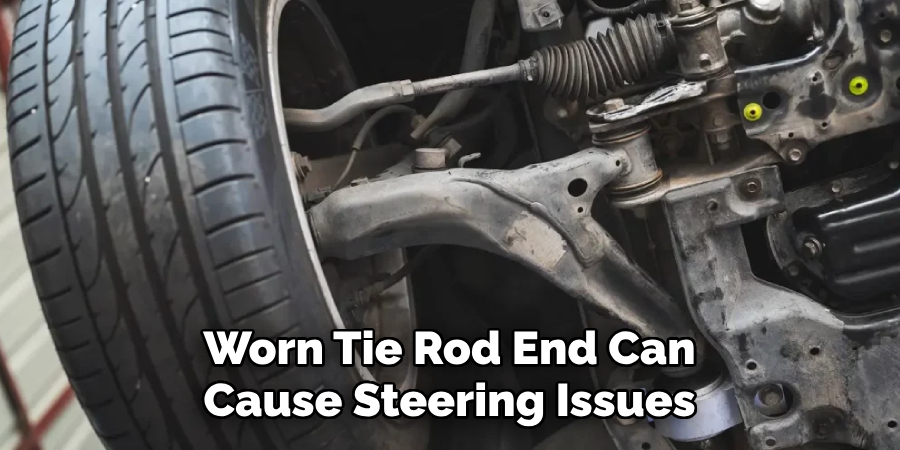
How Often Should I Replace My Tie Rod Ends?
The lifespan of tie rod ends can vary depending on the vehicle and driving conditions. However, as a general rule, it’s recommended to have them inspected every 50,000 miles and replaced if any wear or damage is found. It’s also essential to replace tie rod ends when experiencing steering issues or abnormal tire wear.
Conclusion
Now you know how to change tie rod end without alignment. Remember that this process can be done on most vehicles and it is important to regularly check and replace your tie rod ends to ensure safe and smooth driving. Also, remember to always consult a professional if you are unsure about any steps or do not have the necessary tools.

About
JeepFixes Team is a skilled author for Jeep Fixes, bringing 6 years of expertise in crafting a wide range of jeep fixes. With a strong background in jeep fixes work, JeepFixes Team’s knowledge spans various types of fixtures, from decorative pieces to functional hardware, blending precision with creativity. His passion for jeep fixes and design has made him a trusted resource in the industry.
Professional Focus:
Expert in Jeep Fixes : JeepFixes Team aesthetic specializes in creating durable and innovative jeep fixes, offering both appeal and functionality. His work reflects a deep understanding of jeep fixes techniques and materials.
Sustainability Advocate : He is dedicated to using sustainable practices, ensuring that every fixture is crafted with eco-friendly methods while maintaining high-quality standards.
In his writing for jeep fixes, JeepFixes Team provides valuable insights into the latest trends, techniques, and practical advice for those passionate about jeep fixes, whether they are professionals or DIY enthusiasts. His focus on combining artistry with engineering helps others discover the true potential of jeep in design.
